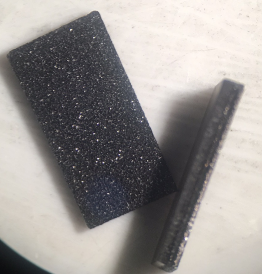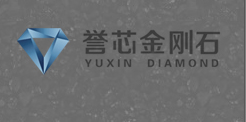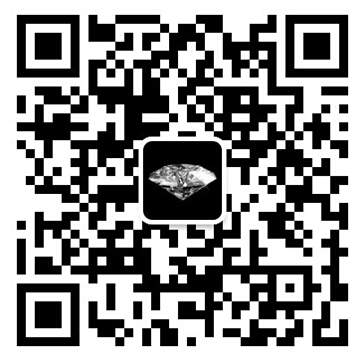Company tel:+86-379-63184520
Contact number:+86-15937921751
Postcode:471000
Email:info@yuxindiamond.com
Address:3-1-508 Luoyang National University Science Park, No. 2 Penglai Road, Jianxi District, Luoyang, China 471000
Clean Water for Southern Africa
Over 100 million people in Southern Africa have no access to clean water–many sources in rural areas are contaminated.In the SafeWaterAfrica project,African and European partners are working closely to develop a decentralized system solution for water purification that can be operated and maintained autonomously by rural inhabitants.The system covers the clean water needs of several hundred people.Researchers at the Fraunhofer Institute for Surface Engineering and Thin Films IST are coordinating the project.
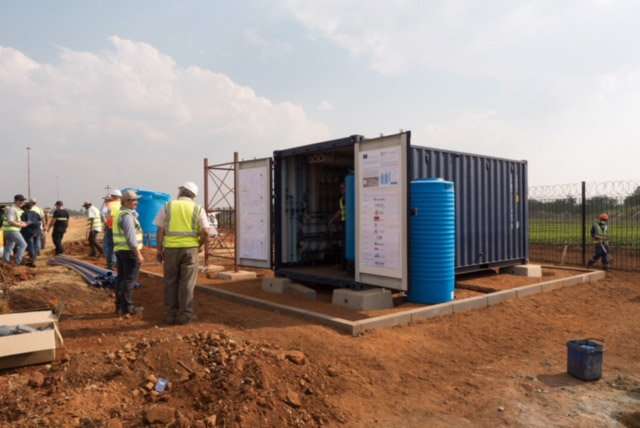
Clean water is a scarce resource in rural parts of Southern Africa.Natural sources often contain chemical and microbiological impurities.And the rate of mortality from water-borne pathogens and pollutants is correspondingly high,with infectious diseases a major factor.This problem is being addressed in the African-European"SafeWaterAfrica"project.The Fraunhofer Institute for Surface Engineering and Thin Films IST in Braunschweig is coordinating the project.To provide the rural population of Southern Africa with clean water,the project partners(see SafeWaterAfrica profile)are developing a decentralized and autonomous system for water purification.It is designed to work in rural areas that are cut off from public water and energy supplies.Covering the needs of 300 people,the solution has a capacity of 1,000 liters per hour.The off-grid system is equipped with low-energy water treatment technology,while solar collectors on the roof of the container supply the energy.
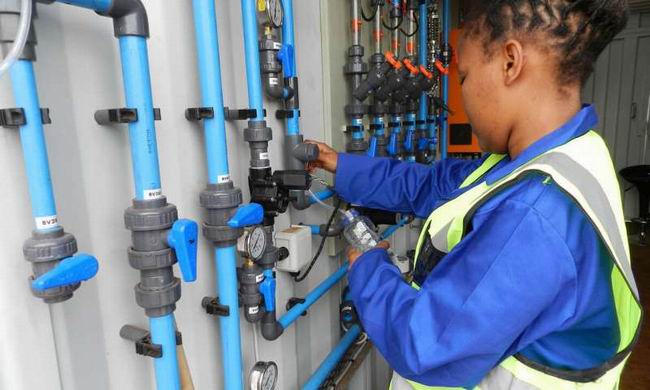
Fraunhofer IST's contribution is its technology for electrochemical water purification using diamond-coated electrodes."We're involved in the disinfection unit known as CabECO.The method for breaking down pollutants in water using diamond electrodes was developed by our institute and taken over in 2001 by our spin-off CONDIAS GmbH,which is also a partner in the project,"says Dr.Lothar Schäfer,Deputy Director of Fraunhofer IST.By means of electrochemical oxidation,the process purifies the water and removes bacteria and viruses from it.The module contains conductive electrodes that are coated with a thin layer of diamond."A low potential of just a few volts is applied between the electrodes.The water(H2O)flowing through is then converted into ozone(O3)and hydroxyl(OH)radicals.O3 is one of the most efficient disinfectants,while OH is the strongest oxidizing agent there is.Together,they destroy all germs and organic impurities.This means we don't need chlorine or other chemicals for disinfection,"explains the physicist.In field tests,the researchers were able to reduce the germ count by a factor of 1,000 to 10,000 and achieve the required level of disinfection.Moreover,the river water that the project partners are treating contains chlorine compounds,out of which hypochlorite–an additional oxidizing agent–is produced.The advantage of hypochlorites is that they are consumed slowly over a long period,whereas ozone decomposes relatively quickly.
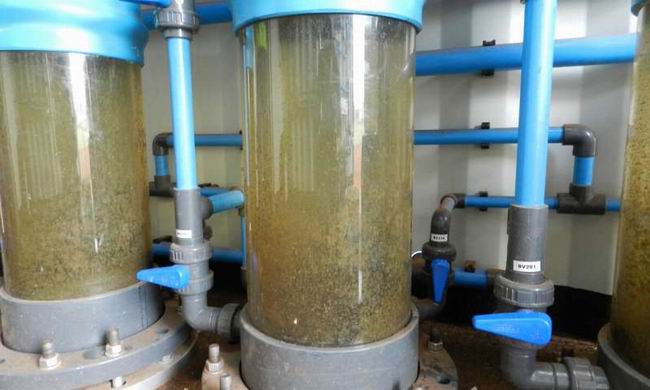
Diamond,as one of the most special materials in natural world,is featured with the highest hardness,low friction coefficient,high elasticity modulus,high thermal conductivity,high insulation class,wide energy gap,great sound propagation rate and favorable chemical stability,which are presented in below Table.In spite of such unique features,the natural diamond has always been existed in the form of gem,with its variability and rareness sharply limiting its application.Luoyang Yuxin Diamond Co.,Ltd‘s CVD Diamond film,on the other hand,integrates such physical and chemical properties,with lower cost than natural diamond and applicable to be made into various shapes,thus enjoying extensive application prospect in electronic industry,optical field and mechanical industry.
